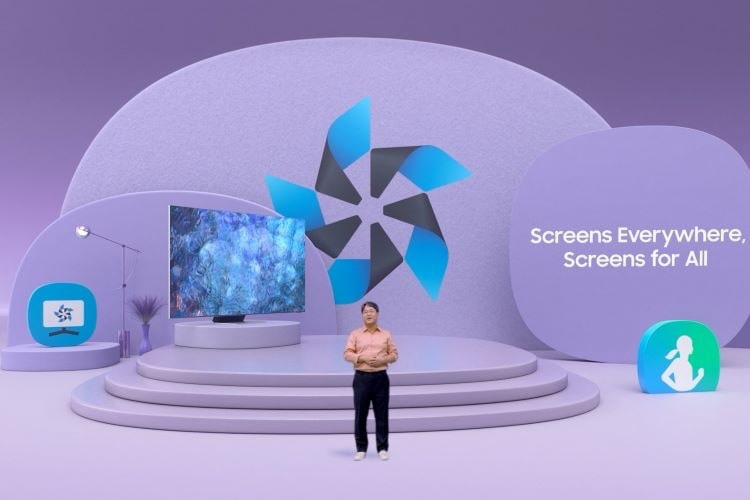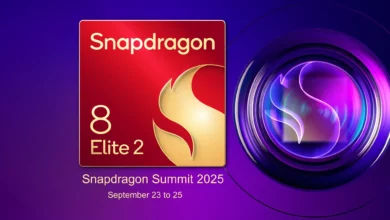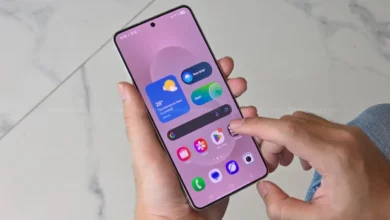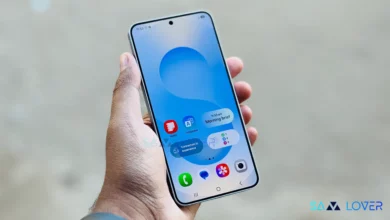Tizen OS Expands To Non-Samsung TVs

Today, Samsung announced its partnership with three new ODMs—Atmaca, HKC, and Tempo—to make Tizen OS-powered smart TVs for various markets. It means non-Samsung smart TVs can now use the Tizen operating system for the first time.
This year, new TVs from Bauhn, Linsar, Sunny, Vispera, and other brands will be offered in Australia, Italy, New Zealand, Spain, Turkey, and the United Kingdom. Tizen, an open-source OS for Samsung Smart TV, will enable these devices to provide consumers with a quality smart TV experience.
The new Tizen-powered smart TVs were released after Samsung’s Tizen TV Platform Licensing programme was revealed in 2021 at the Samsung Developer Conference (SDC). The licencing agreement enables other TV manufacturers to benefit from Tizen OS, which offers cutting-edge smart features, apps, and a modern user interface for the best smart TV experience.
Key features that the users of the licensed TV brands will gain access to include:
- Samsung TV Plus, Samsung’s free streaming TV and video platform that, will allow users to enjoy hundreds of live channels, entertainment, news, shows and sports — for free.
- Universal Guide, allowing easy browsing and discovery of all content across different streaming apps, along with personalized recommendations so users can spend more time watching and less time searching.
- Bixby, a voice assistant platform that will provide users with more convenient way to explore smart TVs. Users can tell Bixby to search, watch, or perform various features.
The Tizen OS will be available in Akai, Bauhn, and Linsar Tizen TVs in September 2022 in Australia. Other brands will be available later in Q4 2022, and the smart features may vary depending on country.



